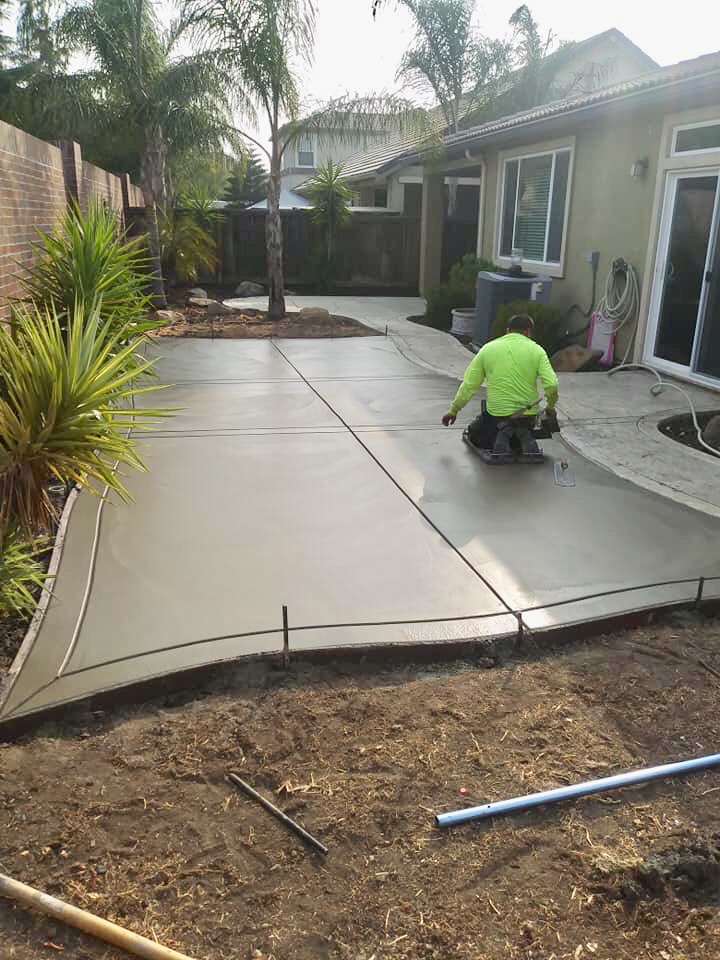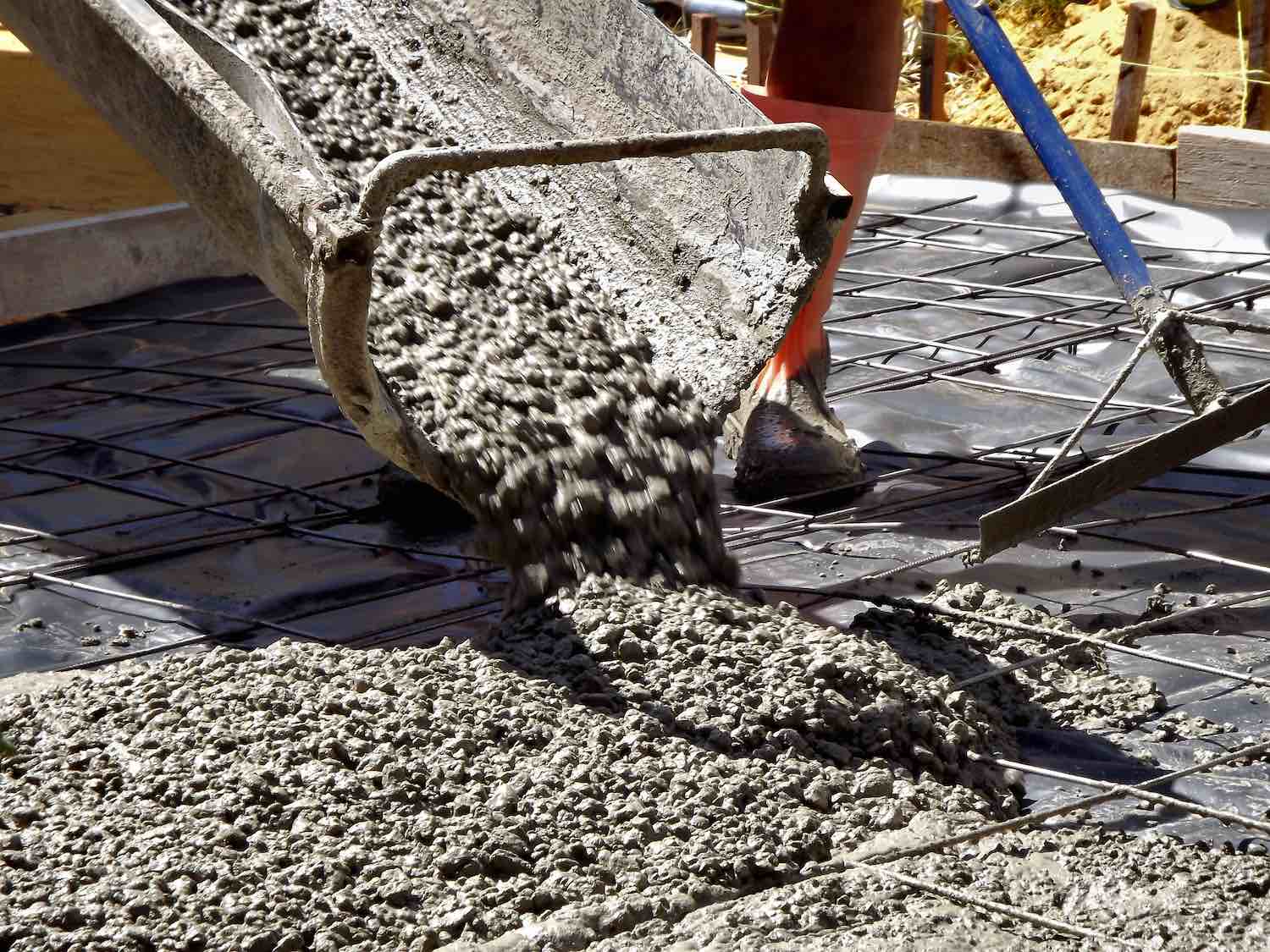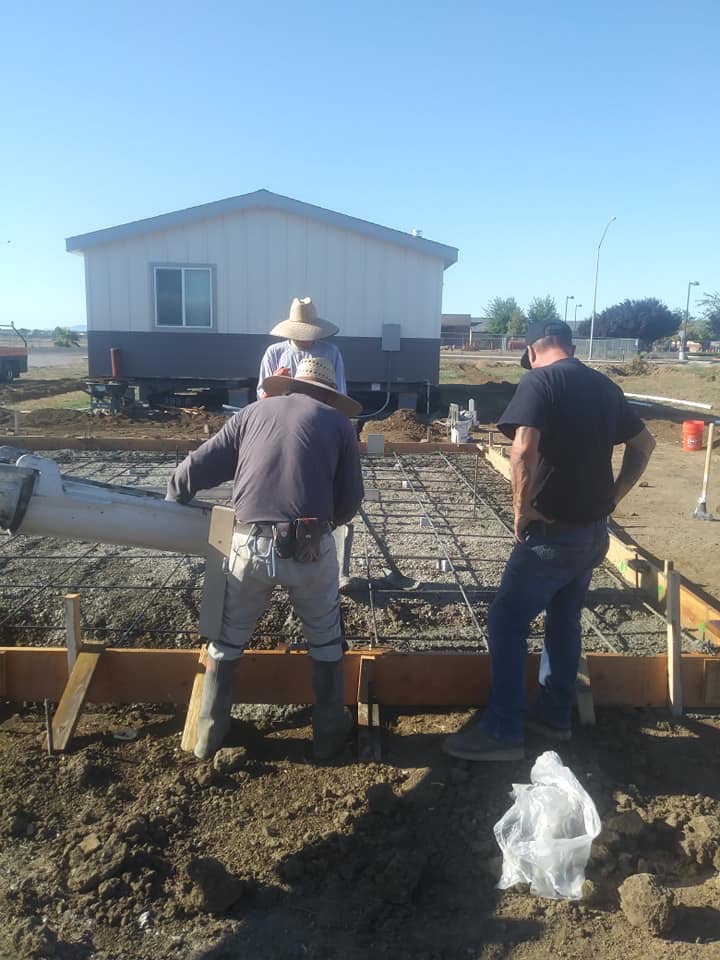How Thick Does A Concrete Foundation Need To Be?
Footing Fundamentals
There is a foundation under every building, and there are footings under most foundations. Most of the time we take footings for granted, and generally, we can: A standard 16-or20-inch footing can support more than the relatively lightweight of an ordinary house for typical soils.
On the other side, if you build at soft clay soil or if under part of your base there is a soft zone, then there may be trouble. Under poor bearing conditions, a footing that performs well in good soil can not do so well. We don’t often see outright failure, but when soil bearing capacity is small, it’s not unusual to see excessive settlement.
When the entire house settles steadily and fairly, there’s no big deal with any additional settlement; but if the settlement is unequal (differential settlement), harm may occur. A-frame house with wooden siding and drywall interiors can possibly withstand up to 1/2 inch of differential foundation movement, but even 1/4 inch of uneven settling is likely to cause cracks in masonry, tile, or plaster.
It’s the unusual circumstances that cause the most trouble. The contractor faces a judgment call when the foundation is laid off-center so that the wall loses its impact, when you find a soft zone on site, or when the base is undersized. When you think a problem lies ahead, you know you should call an engineer and stop. So if the risk is small, then you want to keep the job going.
In these difficult situations, recognizing the bearing strength of the soil and the reasons behind the rules of footing design is beneficial. Lesser errors in very heavy soils are probably not a big deal. Nonetheless, it is best to be very careful in poor or marginal soils— some of the contractors’ solutions think up may not really work.
How Deep Should a Concrete Foundation Be?
In most cases, constructing a base isn’t really a do-it-yourself job. Excavation is needed, often several feet deep and a lot of concrete work. There are various kinds of foundations. One is a cellar. Stem walls around the perimeter (and at intermediate spaces) are special. Concrete slabs are another; these may be constructed in a T shape with a vertical wall under the slab or “on-site” with a single concrete layer that is thicker on the edges of the outside. Both concrete foundations need the most important aspect of foundation construction, a stable footing.
Step 1:
Determine your area’s “frost line” It is the point at which soil never freezes in the earth. It varies. The land never freezes in colder localities. The frost line can be 3 or 4 feet deep in colder places, or more. Build trenches beneath this line with the top of the pavement to keep the asphalt from heaving and buckling as the ground freezes and thaws.
Step 2:
Decide on the form of the base. Foundations may be deep or shallow. Using a shallow base under which the soil is stable and relatively level, without any significant slopes or drainage issues. Using a deep foundation in areas with weak soil stability, on hillsides, in flood zones or other places where a shallower foundation may tilt or slip. Dig deep bedrock foundations, or strengthen them with steel or some sort of caisson or pier.
Step 3:
Plan the foundations to suit the requirements of the house. Start any kind of foundation by digging footings which are at least 2 feet wide and as deep as the frost line; some foundations may need extra width, some up to 6 feet long. Adapt the base to building scale. For a base 8 inches wide and 8 inches tall, a one-story garage will get by; a two-story house would need measurements of at least 10 inches. Check municipal building codes for unique sizes of foundations and for various structures.
Step 4:
Mount footings and supports with reinforcing bars. Place the rebar vertically and horizontally in both; position the foot rebar vertically to stretch up into the foundation wall. Begin the footings with a tightly compacted base layer of gravel. When pouring concrete foundations, using a mechanical vibrator to settle the concrete and remove any air pockets that could weaken it.



Need a Second Opinion on Your Concrete Foundation?
We’re here to fix your home’s foundation, no matter what problem may exist. We have the specialized equipment, services and professional experience that you need to make permanent improvements to your building’s foundation. To get you started on the right foot, we would be happy to give you a free quote for the repair of the foundation. When you reach out by phone or email we will have one of our foundation experts answer any questions you have and explain how we can restore integrity and structural stability to your home or company building permanently. Successful concrete projects require careful planning and thorough preparation. Spaulding Concrete reviews the site and designs to ensure that the concrete and base structure follows the criteria for the planned use and that the layout and finishes are suitable for the project. The qualified concrete experts at Spaulding Concrete will be on schedule, on budget and meet or exceed standards by careful planning, professional execution, and strict quality control.
To schedule your free quote, call or email us today! We are proud to serve Orinda, Lafayette, Moraga, Pleasant Hill, Concord, Martinez, Pittsburg, Antioch, Brentwood and the surrounding areas.
